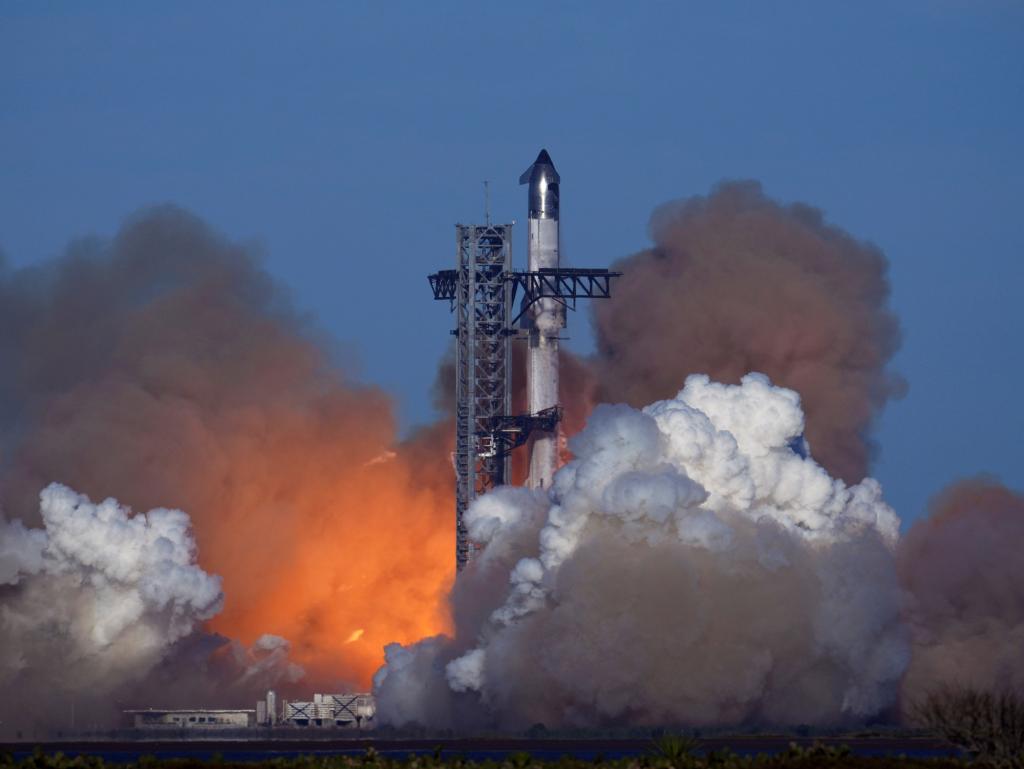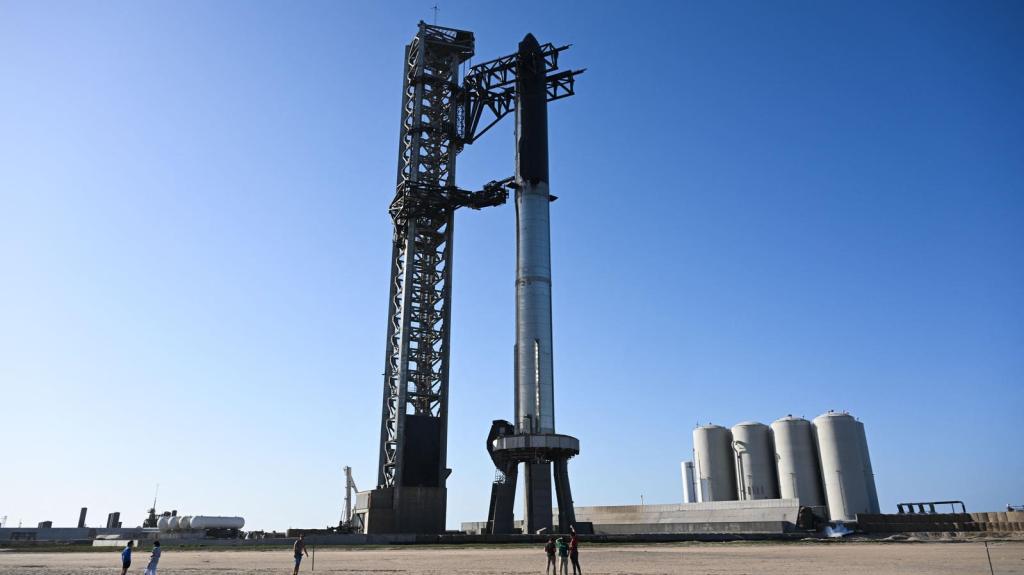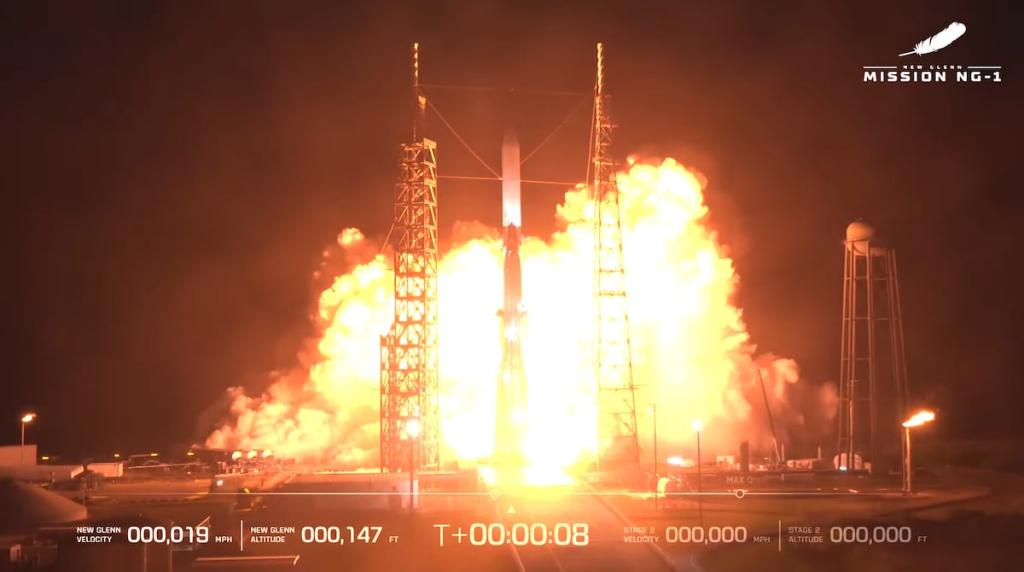NASA Crew-8 Astronaut Hospitalized After Prolonged Space Mission
NASA's Crew-8 astronauts face unexpected health concerns after a record-breaking mission, highlighting the challenges of recovery from extended space travel.
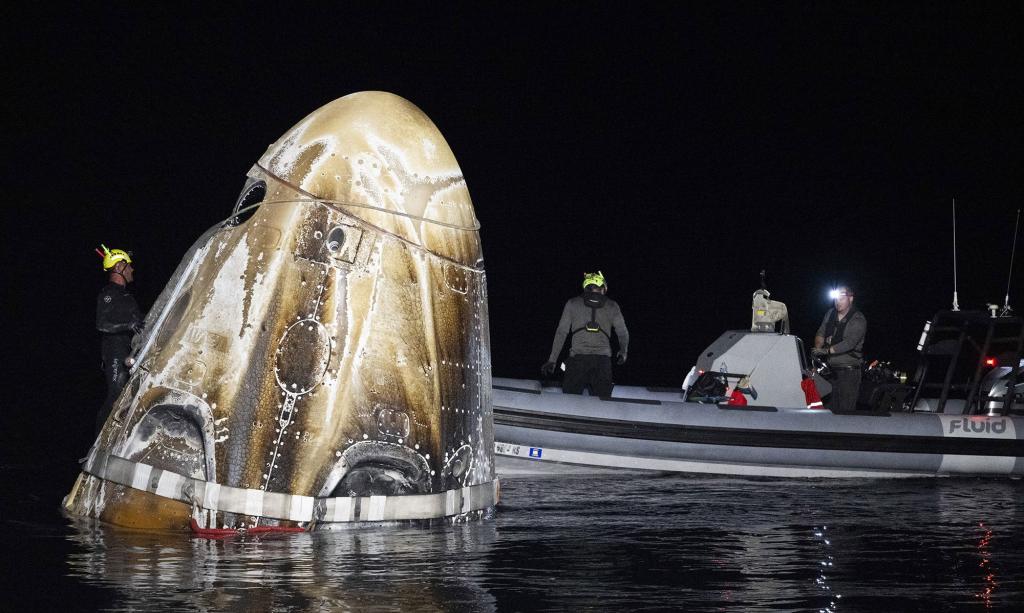
Key Points
- One NASA astronaut from Crew-8
was hospitalized for observation after returning from a record-setting 235-day mission aboard the ISS.
- Routine medical evaluations are critical for astronauts re-acclimating to gravity, highlighting the physical toll of long-duration space travel.
- The collaboration between space crews and support teams on Earth is essential for ensuring astronaut health and successful future missions.
Returning from space is often celebrated as a triumphant conclusion to a rigorous mission. However, for NASA's Crew-8, the homecoming took an unexpected turn. After spending nearly eight months aboard the International Space Station (ISS), one of the astronauts faced health issues requiring hospitalization. This incident raises important questions about the impacts of prolonged space travel and the ongoing commitment of agencies like NASA and
to astronaut health.
The Crew-8 mission, which included NASA astronauts
, Michael Barratt, and Jeanette Epps, along with Russian cosmonaut Alexander Grebenkin, splashed down in the
in the early hours of October 25. This successful splashdown marked the return from a historic mission that lasted 235 days, surpassing the typical six-month duration spent by astronauts on the ISS.

As the crew returned, all four members underwent routine medical evaluations on a recovery ship. In a precautionary measure, they were transported to Ascension Sacred Heart Hospital in
, Florida. NASA later confirmed that one of the NASA astronauts experienced a medical issue, prompting further observation in the hospital. Although the specific details remain undisclosed due to privacy regulations, it is reassuring to know that the astronaut is in stable condition.
The Dynamics of Reacclimatization
Understanding the physical effects of long-duration space missions is crucial. Astronauts can endure significant physiological changes during their time in a zero-gravity environment. These include muscle atrophy, bone density loss, and changes in cardiovascular function. It can take days or even weeks for astronauts to readjust to gravity after prolonged stints in space, as they regain their terrestrial equilibrium.
This rehabilitation process highlights the importance of continuous medical evaluations for astronauts post-mission. NASA has strict protocols to monitor astronauts for any emerging health issues, recognizing that even stable conditions require attention. The rapid reassessment of Crew-8 demonstrates the agency's commitment to ensuring the crew's wellbeing following their return to Earth.
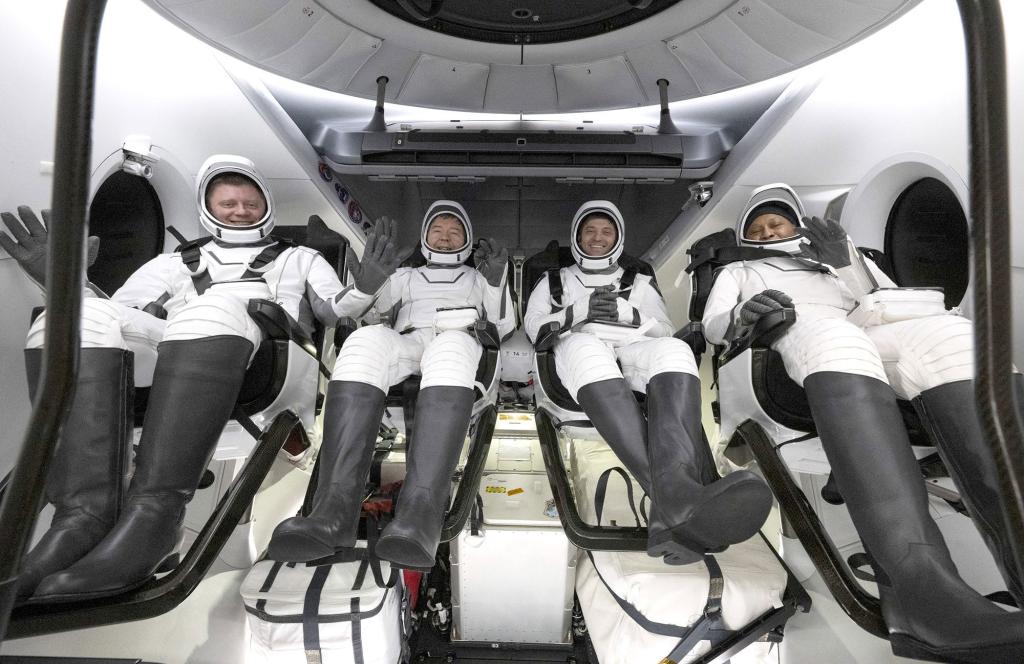
A Community of Support
The Crew-8 mission has also underscored the collaboration between teams on Earth and astronauts in space. Matthew Dominick spoke of the challenges faced during their extended stay, especially due to delays attributed to the
capsule issues and weather disruptions caused by hurricanes. “We had to replan, retool, and redo everything right along with us”, Dominick noted, highlighting the significant efforts made by ground teams to adjust plans as necessary.
This teamwork is essential not just during the mission but also in dealing with its aftermath. The mission's complexities reflect the resilience and adaptability of both astronauts and their support teams. As space travel becomes more routine, lessons learnt from missions like Crew-8 will enhance future operations and astronaut health protocols.
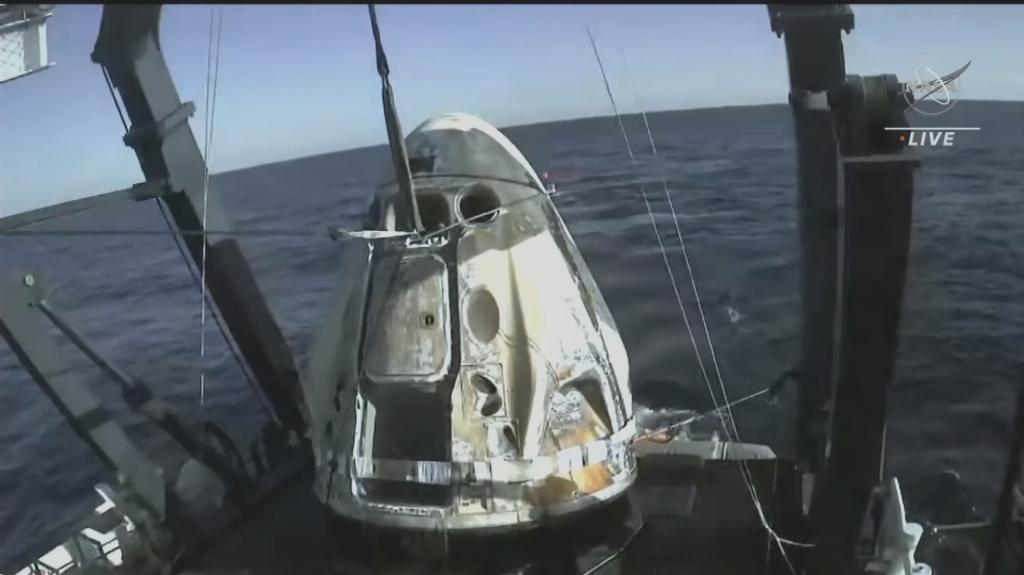
Looking Ahead: The Future of Space Exploration
With SpaceX continuing to represent the primary US capability for transporting astronauts to and from the ISS, the future of space exploration looks promising. The success of the Crew-8 mission is a testament to these advancements, as it showcases not only the reliability of reusable spacecraft but also the increased focus on astronaut health.
As NASA and SpaceX reflect on this mission, they are also preparing for the next phase of exploration. Future crews will undoubtedly continue to face challenges related to prolonged missions and their health impacts. Yet, with every return, lessons are gained that allow for better preparation and improved protocols for astronaut safety.
In summary, while the hospitalization of a Crew-8 astronaut post-mission is a reminder of the physical toll of space travel, it also highlights the effectiveness of NASA's health monitoring protocols. As we continue to push the boundaries of human exploration, the ongoing dedication to the health and recovery of our astronauts will ensure that they are primed for their next missions, paving the way for even greater achievements in the cosmos.
